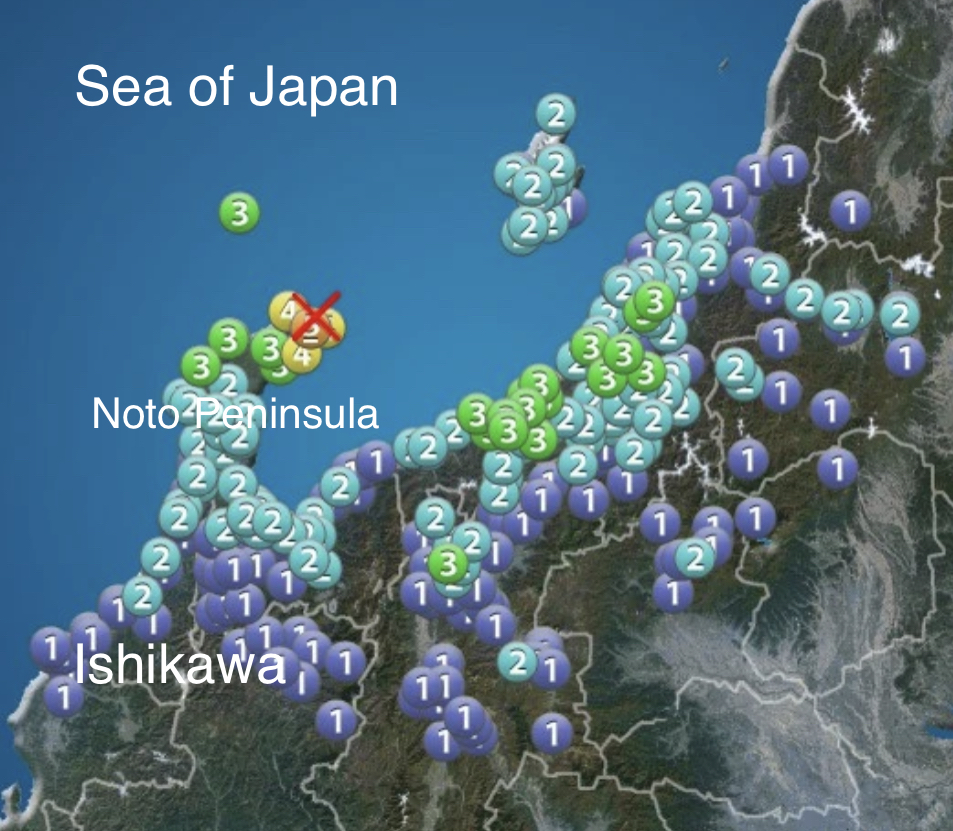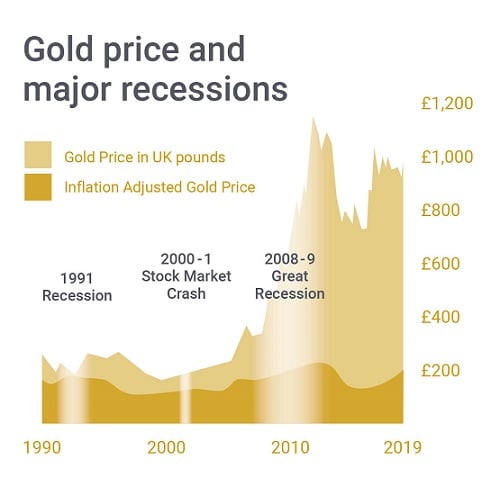Alright, folks, let’s talk Turkey. Goldman Sachs is calling it – unless something seriously goes wrong, expect the Turkish central bank to start slashing interest rates in July. Yes, you heard that right. After a period of, shall we say, aggressive tightening, they’re prepping to pivot.

But here’s the kicker: Goldman now sees the benchmark rate ending the year at a hefty 33%. That’s a significant jump from their previous forecast of 28.5% back in March. This isn’t about confidence; it’s about acknowledging the persistent, fiery inflation still gripping the Turkish economy.
It’s a precarious position. The Turkish lira remains volatile, heavily influenced by unorthodox economic policies and geopolitical factors. A single ‘new shock’ – think unexpected global event, escalating regional tensions, or substantial capital outflow – could quickly derail the entire plan.
Understanding Turkey’s Monetary Dilemma (Knowledge Point Expansion):
Turkey has been battling stubbornly high inflation for years. This is a complex issue, fueled by a combination of factors including currency depreciation, supply chain disruptions, and, controversially, pressure from the government for lower rates.
Central banks typically raise interest rates to curb inflation. Higher rates make borrowing more expensive, slowing down economic activity and reducing demand – ultimately cooling price increases.
However, Turkey’s central bank has, at times, resisted this conventional approach, preferring to lower rates even during inflationary periods. This is often justified by arguments about boosting economic growth and exports.
This unconventional policy has led to significant lira weakness. A weaker lira makes imports more expensive, exacerbating inflation and creating a vicious cycle. Expect continued market scrutiny of every move the CBRT makes.





